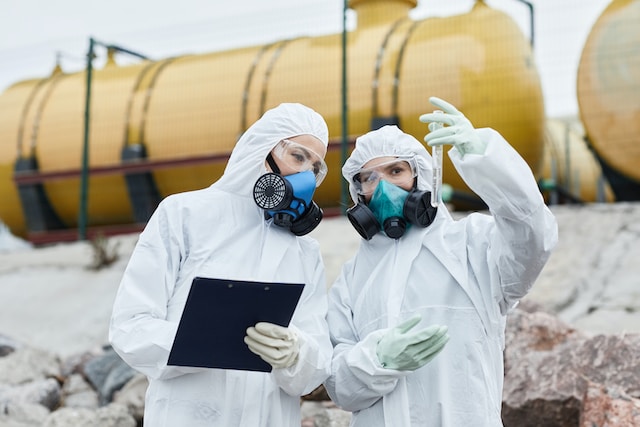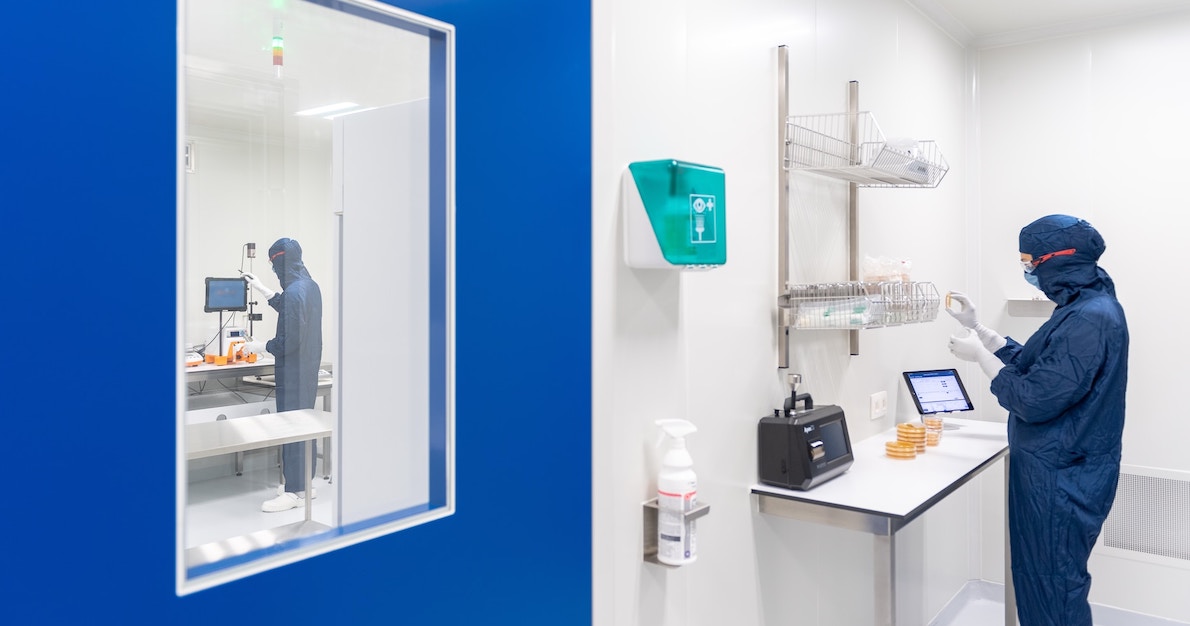The eye shower curtain is a specialized safety device designed to provide immediate eye irrigation in emergency situations. It consists of a curtain-like structure that can be quickly pulled down, covering the affected person and directing a steady flow of water to rinse the eyes. The benefits include rapid accessibility, ease of use, and the ability to minimize eye injuries by swiftly removing contaminants and chemicals, making it a crucial component of workplace safety protocols. It plays a vital role in safeguarding the well-being of workers in various industries. The prevalence of eye injuries in industrial and laboratory settings underscores the critical need for proactive safety measures. Recognizing the common causes and the importance of timely treatment is essential. The curtains, as part of an integrated safety strategy, offer a valuable tool for addressing eye injuries promptly and effectively, thereby safeguarding the well-being of workers in high-risk environments.
Eye shower curtain – How does this matter in emergency safety?
Eye shower curtains have evolved into a critical element of emergency response strategies in workplaces, laboratories, and industrial settings. These specialized safety devices are strategically positioned in areas where the handling of chemicals and other hazardous substances poses a potential risk to employees. Their purpose is to ensure quick and straightforward access to eye wash facilities, making them an integral part of safety protocols.
The endorsement by authoritative bodies such as the Occupational Safety and Health Administration (OSHA) in the United States underscores their importance in safeguarding the well-being of workers. OSHA, which sets and enforces safety and health standards in the workplace, recognizes the necessity of these curtains in environments where hazardous substances are present. This recognition highlights the critical role They play in emergency preparedness and response.
One of the key advantages is their strategic placement. They are typically installed within seconds of travel from areas where hazardous substances are used or stored. This proximity is essential because immediate treatment is paramount in addressing eye injuries effectively. By reducing the distance an injured individual must travel to access eye wash facilities, The curtains save valuable time, potentially minimizing the severity of injuries.
The design includes features that enhance their usability during emergencies. Most notably, these curtains are equipped with quick deployment mechanisms that allow anyone, regardless of their familiarity with the equipment, to activate them swiftly. This ease of use ensures that employees can initiate eye irrigation promptly, even in highly stressful situations.
Moreover, the materials used in the construction are carefully selected to meet safety standards and regulatory requirements. These curtains are designed to withstand exposure to chemicals, ensuring that they remain functional when needed most. Regular maintenance and inspection are essential to ensure that they are always ready for use, and organizations are encouraged to adhere to guidelines provided by safety authorities.

Prevent eye injuries
Eye injuries represent a significant occupational hazard, particularly in industrial and laboratory environments where employees are exposed to various risks. These injuries can result from a range of factors, including chemical spills, flying debris, or accidental contact with hazardous substances. Immediate and effective treatment of eye injuries with emergency showers is paramount to prevent long-term damage and the potential for vision impairment.
Statistics from the U.S. Bureau of Labor Statistics paint a concerning picture, revealing that eye injuries account for a substantial portion of workplace injuries in the United States. Annually, over 20,000 workplace injuries related to the eyes are reported, underscoring the urgency of implementing robust safety measures to address this issue.
Chemical exposures in the workplace are a common cause of eye injuries. Chemicals can splash or come into contact with the eyes during various tasks, from handling corrosive substances to mixing chemicals. Without prompt intervention, chemical exposure can lead to severe eye damage, including burns and tissue corrosion, which may result in permanent vision impairment.
In industrial settings, flying debris is another significant source of eye injuries. This can include particles such as metal shards, wood splinters, or dust. Workers in construction, manufacturing, or even agriculture are particularly vulnerable to these types of injuries. In the absence of immediate eye irrigation, these foreign objects can cause abrasions, punctures, or even more severe damage to the eye’s delicate structures.
Eye injuries are not limited to physical harm or chemical exposure. Workplaces that involve activities like welding, grinding, or cutting may expose employees to harmful radiation, such as ultraviolet (UV) or infrared (IR) radiation. Without proper eye protection and immediate access to eye wash facilities, these forms of radiation can lead to conditions like welder’s flash or photokeratitis, which can cause significant discomfort and temporary vision impairment.
The key takeaway is that time is of the essence when addressing eye injuries. The longer treatment is delayed, the greater the potential for permanent damage. This is where eye shower curtains come into play, as they offer a rapid and accessible solution for immediate eye irrigation. By swiftly flushing the eyes with water, these curtains can help remove contaminants, chemicals, or foreign particles, effectively reducing the severity of eye injuries and improving the chances of a full recovery.

Eye shower curtains and their effectiveness
Eye shower curtains offer significant advantages over traditional eye wash stations and emergency showers, primarily due to their rapid accessibility. In critical situations, every second counts, and these curtains allow workers to initiate eye irrigation immediately. A study conducted by the European Agency for Safety and Health at Work demonstrated the effectiveness of the curtains, reporting a notable 30 % reduction in the severity of eye injuries in industrial settings where these curtains were deployed.
Strategic installation and placement are crucial aspects of their functionality. According to the Swedish Work Environment Authority (Arbetsmiljöverket), these curtains should be positioned within a mere 10 seconds of travel from areas where hazardous substances are used. Clear signage and high visibility are essential for guiding workers swiftly to these safety measures.
In addition to proper installation and maintenance, effective training is vital for employees to comprehend the significance of the curtains and how to use them correctly. The Health and Safety Executive (HSE) in the United Kingdom recommends regular drills and simulations to ensure that workers can respond confidently and efficiently during an emergency. A well-prepared workforce is an integral part of minimizing the severity of eye injuries and ensuring a safe working environment.



